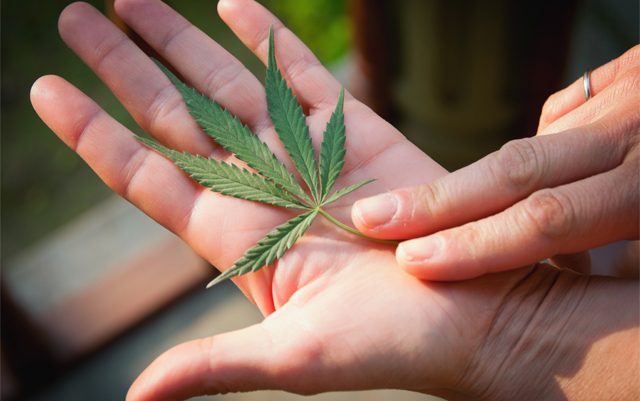If you could get in a time machine and go back to the United States 100 years ago, you would find a society that knew very little about cannabis; in fact, most people would have no idea what you were talking about at all. If you landed in 1969, you would find cannabis well-known among the hippie culture, but only 12% of society believing it should be legal.
A new Pew Research poll says that 67% of respondents now believe cannabis should be legal for adults for any reason, and only 8% think cannabis should not be legal for any reason. Just 3 years ago, that number was 15%.
Think about all the things that have happened in the last 100 years when it comes to the cannabis plant. It went from something very few people knew anything about, to something that most people not only knew about, but thought caused all kinds of horrific effects. From that it has become something that most people recognize has medical benefits, at the very least.
Of course, most of that progress has been made during the age of the Internet, when the speed with which information can be spread has grown exponentially. Without that, I can only imagine that the shift in public opinion would have been slowed considerably.
In any case, it’s important to acknowledge every now and then just how fast things have moved. It’s easy to get disillusioned with progress if you try to look at the state of the cannabis law reform movement without perspective.
As many of you know, I’m not a big fan of polls. I don’t think I should have to get permission from strangers to use cannabis since my use infringes on the rights of no one. The whole notion of asking someone I don’t know and who pays no price for the choices I make what they think about my marijuana use is ridiculous to me. But sadly, we have decided as a society that strangers should have a lot of say over our private lives. It’s not something I agree with, just something I recognize as a practical reality.
In that context, going from 12% approving of legalization to 8% feeling no reason is good enough for legalization in just 50 years is an incredible shift. It shows the power of truth to cut through generations of stigma and the power of a relatively small group of people who truly believe in the cause they are espousing.
We still have a long way to go, but the ground we have covered so far is quite impressive if you take a moment to ponder it.







100 years ago people knew cannabis, but they may not have known it as “cannabis”. More likely they called it Indian Hemp, and there was no 0.3% THC arbitrary federal cutoff.
When the Constitution was ratified by the states in 1787, the norm was that cannabis is a legal, versatile, valuable, renewable natural resource that is good for people. The Bill of Rights and the Civil War Amendments intended for cannabis to be controlled locally by the states and the people who are citizens, not by the federal government, nor by the corporations.
When the Marihuana Tax Act of 1937 was enacted, that norm was replaced by the new norm that marijuana is the cannabis plant, which is so dangerous to people that it must be prohibited.
When the Controlled Substances Act of 1970 was enacted, that norm was restored and augmented by the new norm that marijuana, and THC from cannabis, are drugs that are so dangerous to people that they must be separately prohibited.
When the Farm Bill of 2018 was enacted, that norm was altered by the new norm that cannabis, if proved to be low enough in THC to be designated “hemp”, is not so dangerous to people, and they could each be exempted from prohibition. Corporations want to take control of those new markets.
If people contact their members of Congress about reconstructing the malformed federal definition of marijuana to literally uphold the Constitution, then the current norm could be replaced by a new norm that cannabis is a carefully descheduled plant with legitimate federal prohibitions from the 2nd, 9th, 10th, and 14th Amendments, THC from cannabis is not such a dangerous drug needing to be prohibited, marijuana is the adulterated “other substance” derived from cannabis that has been misplaced into Schedule 1, and the recent federal definition of hemp is superfluous, so it can be deleted.
We have come a long way, but we’re actually pretty close to where we need to be. Let’s contact our members of Congress, and our favored congressional candidates, about enacting this straightforward, necessary and proper federal definition of marijuana that refreshes the original norm that cannabis is the versatile, valuable, renewable natural resource of the people, by the people, for the people:
Sec. 802.
(16) The term “marijuana” means all parts of the smoke produced by the combustion of the plant Cannabis sativa L., which is, as are the viable seeds of such plant, prohibited to be grown by or sold by any publicly traded corporation or subsidiary company, and such smoke is prohibited to be inhaled by any child or by any person bearing any firearm, as is their intake of any part or any product of such plant containing more than 0.3% THC by weight unless prescribed to such child by an authorized medical practitioner.